
Originally published on medium.com: 11 Images of Bhutan — Happiness is being behind the camera

Images of Bhutan
Bhutan has been known for its focus on nurturing a happy society. With its idea of ‘Gross National Happiness’, a focus on nourishing its cultural roots and a policy towards sustainable economics, the country has attempted to tread a path of balance between embracing a modern way of life and traditional values.
I have been travelling to Bhutan for five years now, trying to understand its pulse and learning from its composure, while also enjoying the country’s beautiful mountainous landscapes.
Every year, I lead a week-long mentored photography tour Bhutan, which gives you an up-close glimpse and understanding of country’s rich culture and heritage. The tour is a excellent window to the life and landscapes of the Himalayan region. The mentored photo-journey equips you with a keen understanding of life and takes you through the art of telling stories with your images. Discover what it takes to create unique images that stand apart from cliche, have your own unique signature and makes a strong visual impact. To be a part of this unique photography tour, visit “Travel Photography Tour to Bhutan” to know more details and sign up.
In these years, I have photographed many aspects of Bhutan — the genial monks, smiling people working hard in the fields, ebullient children in the villages and monasteries, mountain slopes fluttering with prayer flags and beautiful stupas, fortresses glittering with flood-lights in the evening sky and dazzling snow-covered peaks in brilliant morning light.
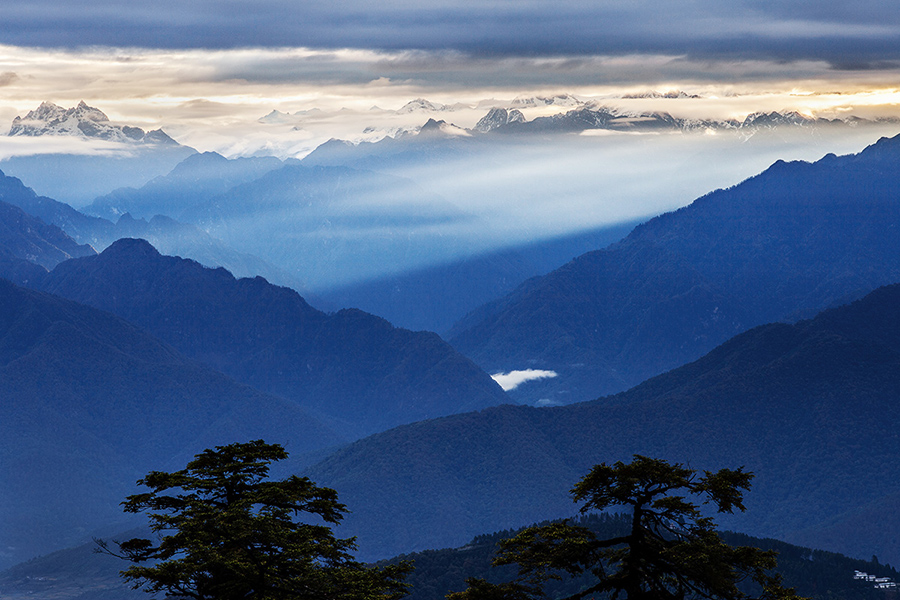
Beautiful sunrise over the mountain landscapes at Dochula, Bhutan
I have immensely enjoyed freezing these facets of Bhutan. It’s a meditative experience observing the country’s pace of life that attempts to harmonize with material and spiritual wealth. These are images of everyday Bhutan, it’s beautiful people juxtaposed against the majestic Himalayas landscapes.
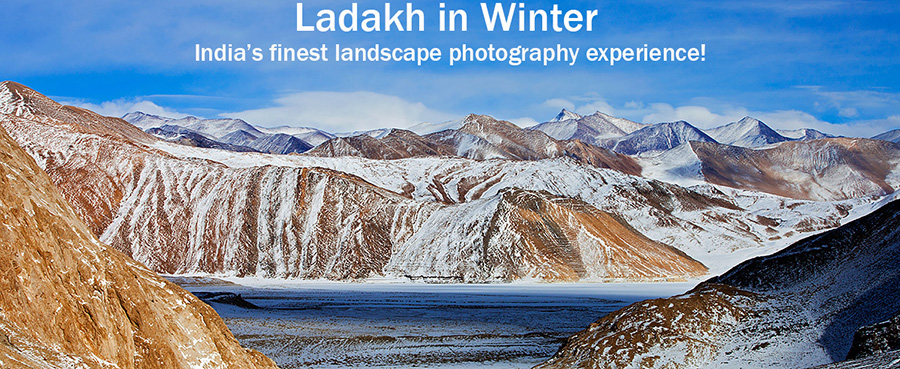
Here is a collection my images of winters in Ladakh, made over several visits in a span of about 7 years. Originally posted on medium.com – Winters in Ladakh — India’s ultimate landscape photography experience!

Powdery snow on the mountains over a frozen Pangong Tso Lake, in Ladakh during winters.
I first visited Ladakh exactly ten years ago. This was well before the region became every motor-cyclist’s ultimate destination, part of every traveller’s tick-off list and every holidaymaker’s check-in dream. In those days, tourists were in smaller numbers and Leh had more homes than guesthouses and hotels.
Every winter, we conduct a photography tour to see and capture the glorious landscapes of Ladakh. This is perhaps India’s ultimate landscape photography experience. Travel to the highlands of Ladakh in winter, when Ladakh is at its pristine best — with its snow-clad mountain landscapes, frozen lakes, resilient nomads with their herds of sheep and yaks and endless fields of snow. Explore photography on the roof of India on this mentored photography tour in a season when the earth is covered in a carpet of snow. See details and sign up today: A Snow-filled Winter in Ladakh — Photography Tour
The story is all different now. Ever since a block-buster Indian movie featured the landscapes of Ladakh eight years ago, it has become the go-to destination of hundreds of thousands of people every year. The region has been transformed from a quite mountainous escape to a bustling tourist town of German bakeries, pizza joints and mall-roads!
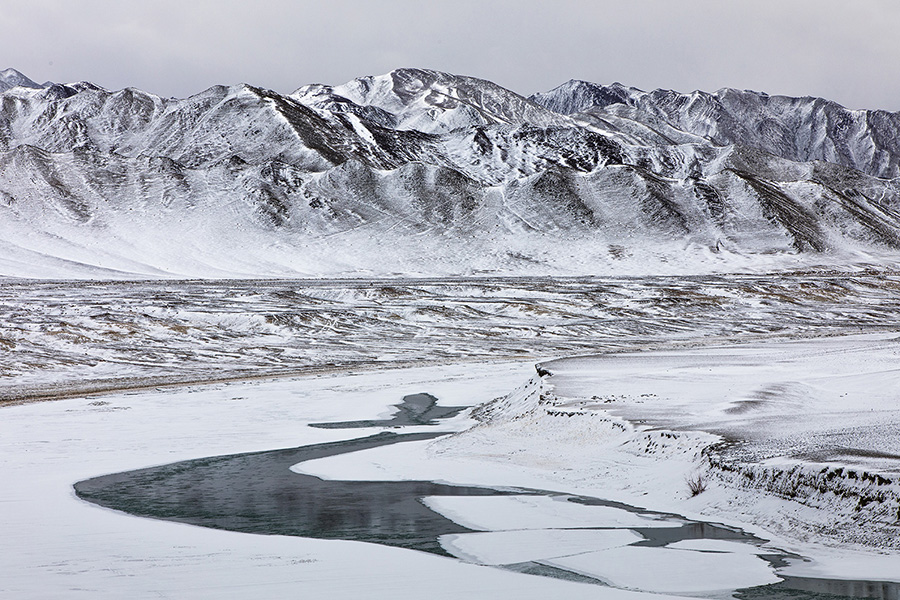
But all that ends when the summer season makes way to a cold frigid winter in Ladakh. After September, as the temperatures start falling rapidly, shutters are downed on the souvenir shops. Most hotels close for winter and taxi drivers stay home for a few months. But this is also the time when mountains are transformed through the magic of falling snow.
Originally published on medium.com
Unusual political boundaries have isolated North-East India from rest of the world (and rest of India) for many years. This is perhaps one of the reasons that has allowed this region to retain and celebrate a good part of its indigenous culture without significant influence from outside.
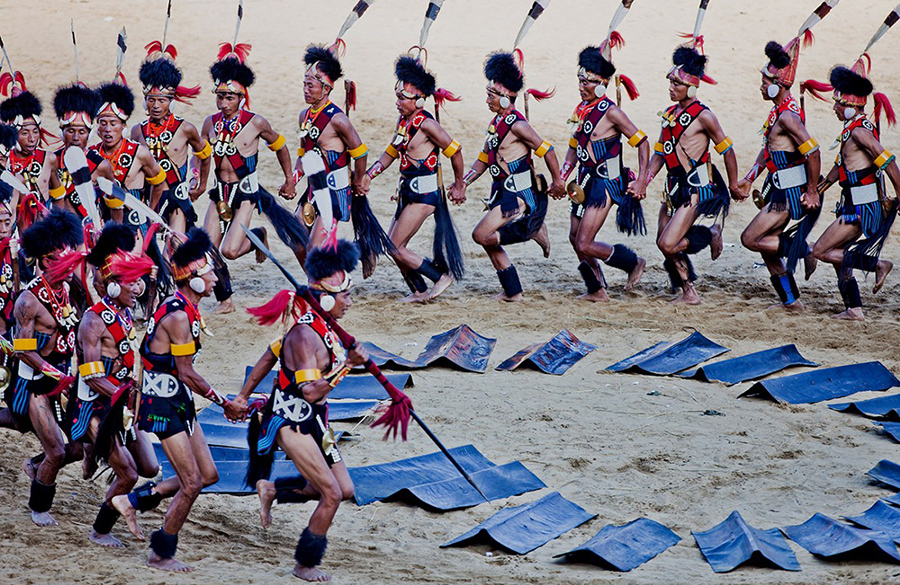
Performances at the Hornbill Festival, Kohima.
The Hornbill Festival in the hill-state of Nagaland is perhaps the most eclectic and elaborate of all the cultural events in the region. It offers a glimpse of North-East India’s rich culture, even though it showcases life and rituals from just one of the seven states in the region. This is a celebration of customs, cultures and everyday life of the seventeen communities that inhabit the hills of Nagaland. For ten days every December, the slopes of Kisama Village reverberate with gentle murmur of folks songs alternating with cries of hunters displaying their skills in the arena.
Every December, we conduct a week long mentored photography tour that offers excellent opportunities to learn the nuances of photographing people and cultures. The tour also helps you experience the rich culture of North-East India from up-close. We travel with a cultural guide having an in-depth knowledge of North-East India, its history and culture. It’s an awesome journey that offers unparalleled photography opportunities and unique people encounters. To be a part of this tour, visit “Photography in North-East India and Hornbill Festival” and find out more details.
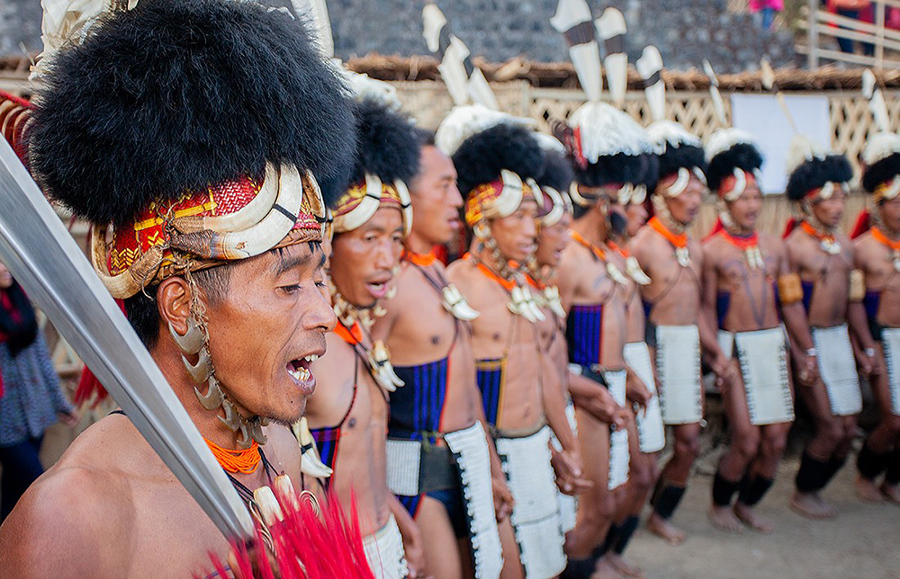
Naga people at a performance during Hornbill Festival.
What makes Hornbill Festival an endearing experience is in the way the festival is not limited to an on-stage ensemble that isolates itself and doesn’t connect with its audience beyond the performance. During the days of the festival, each of the seventeen communities setup their own corner at the festival venue that permits personal interactions between visitors and the performing artists.
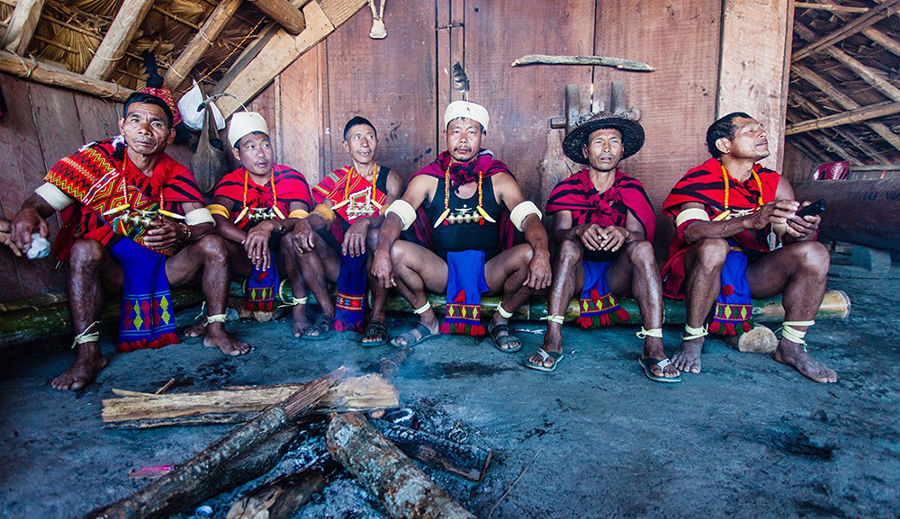
Performers in their morung at the festival venue.
Morungs, roughly translated as dormitories, are places where a community’s performing members come to rest between performances and occasionally conduct small ritual activities. In Naga tradition, a morung is a community building in a village that serves as a dormitory and a place for schooling young men. A morung also doubles up as a place of gathering for the community, from where villagers conduct meetings or announce events in the village.








